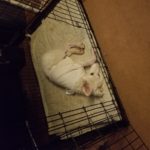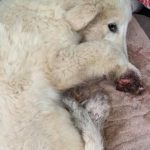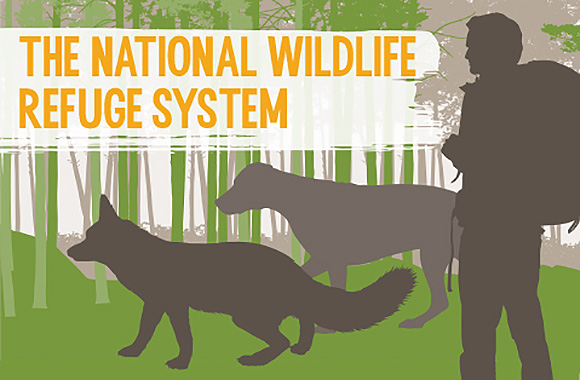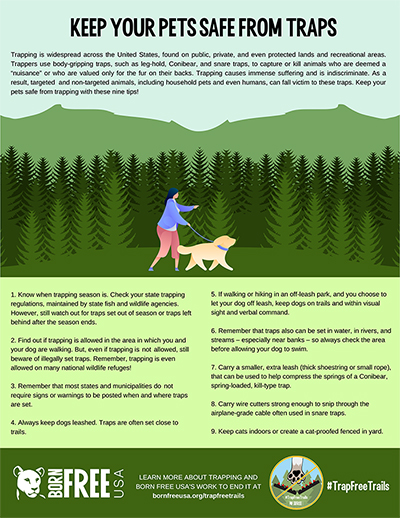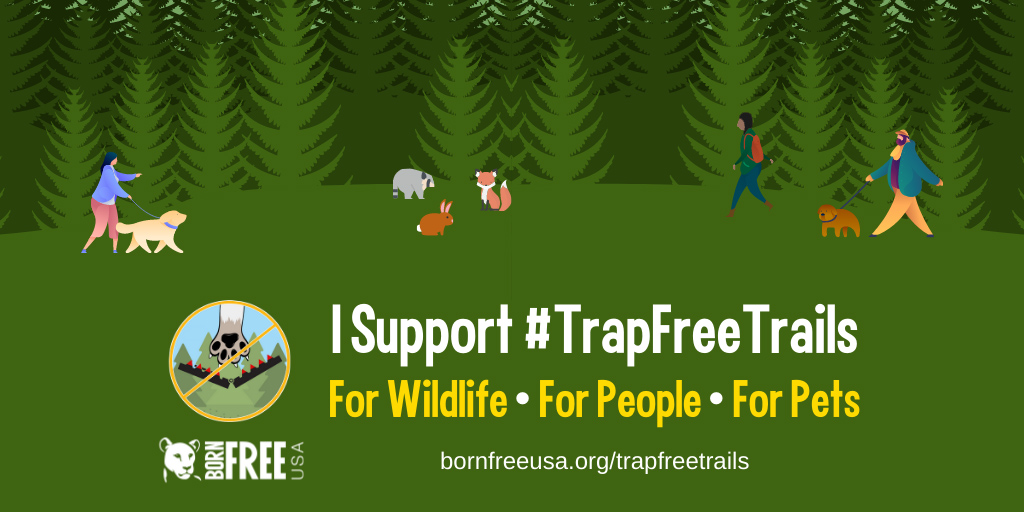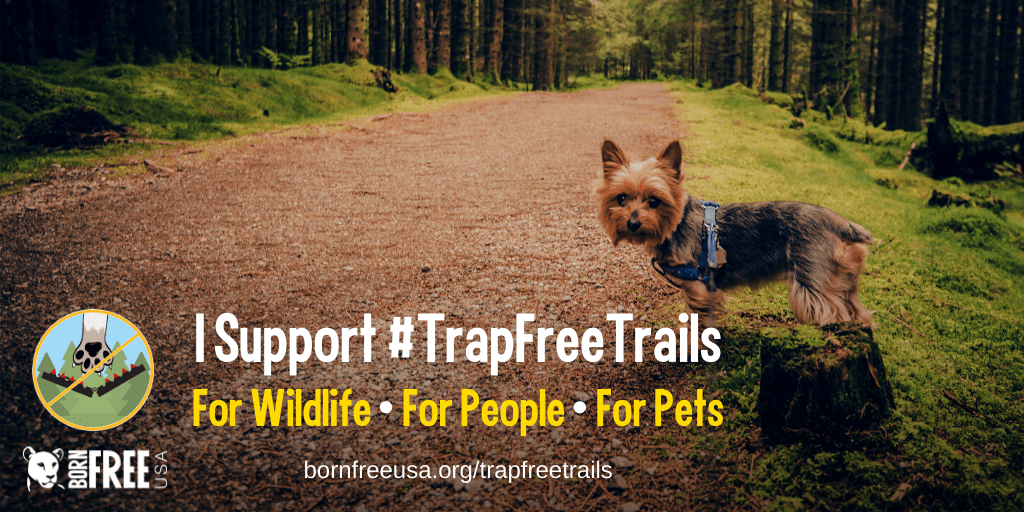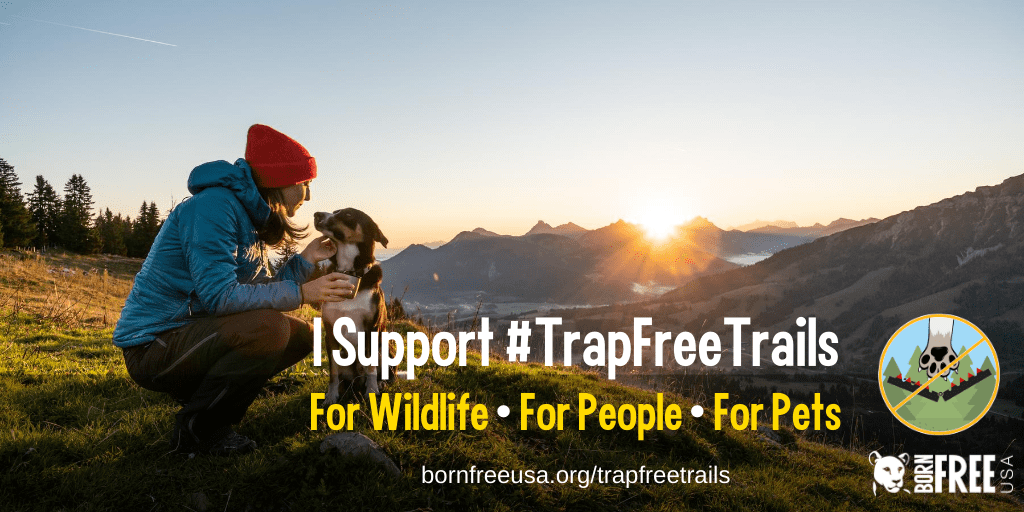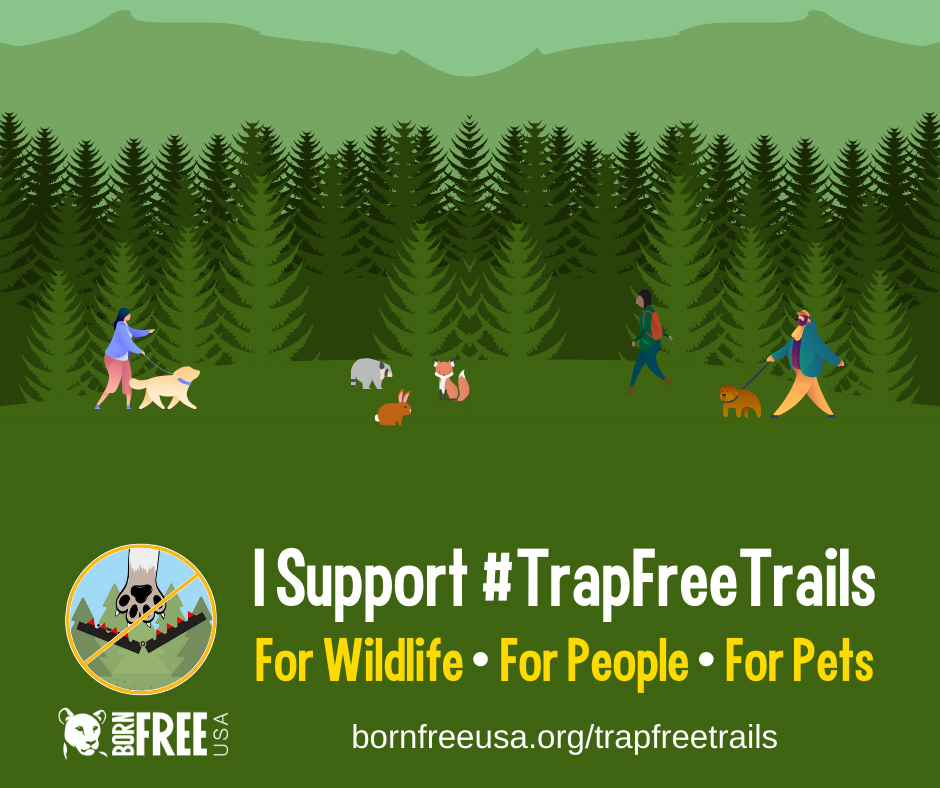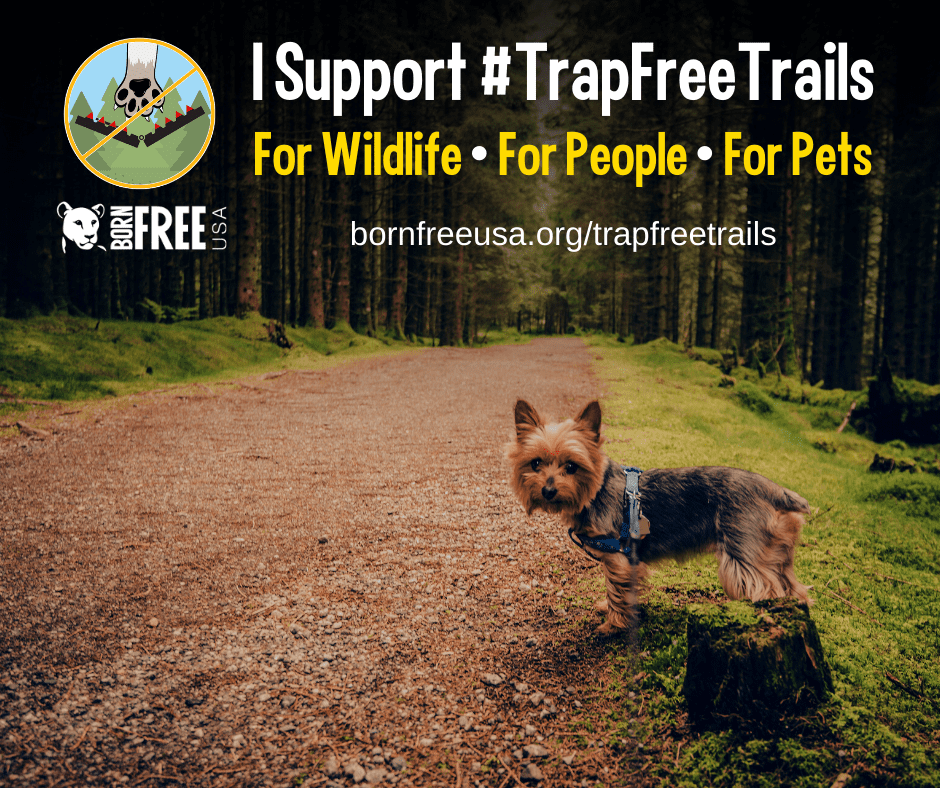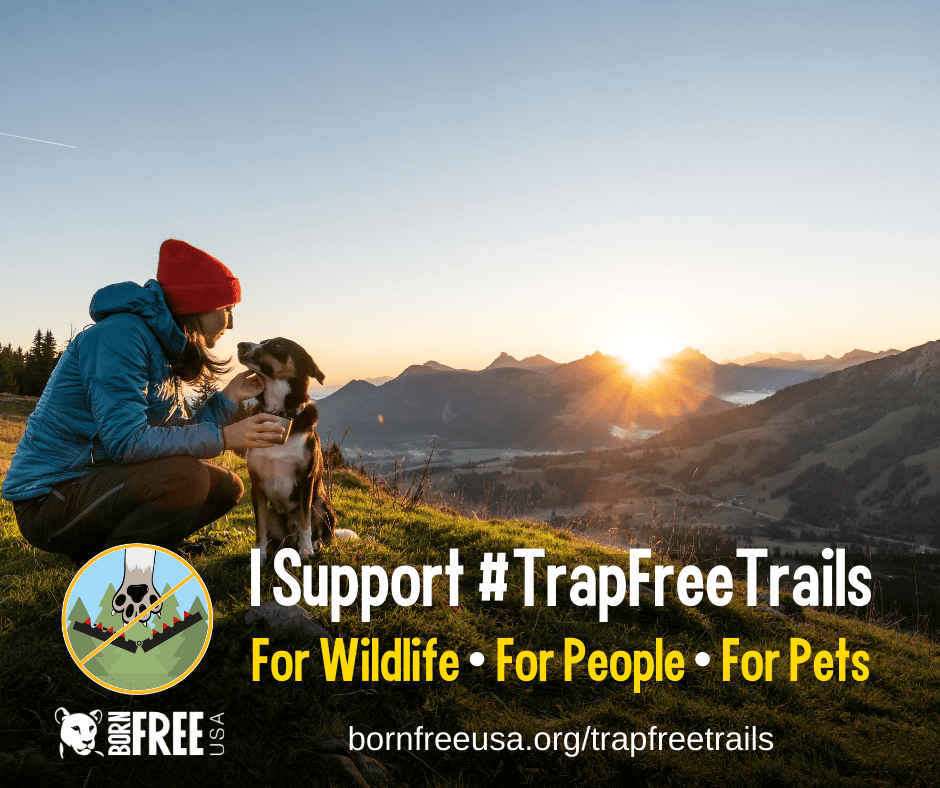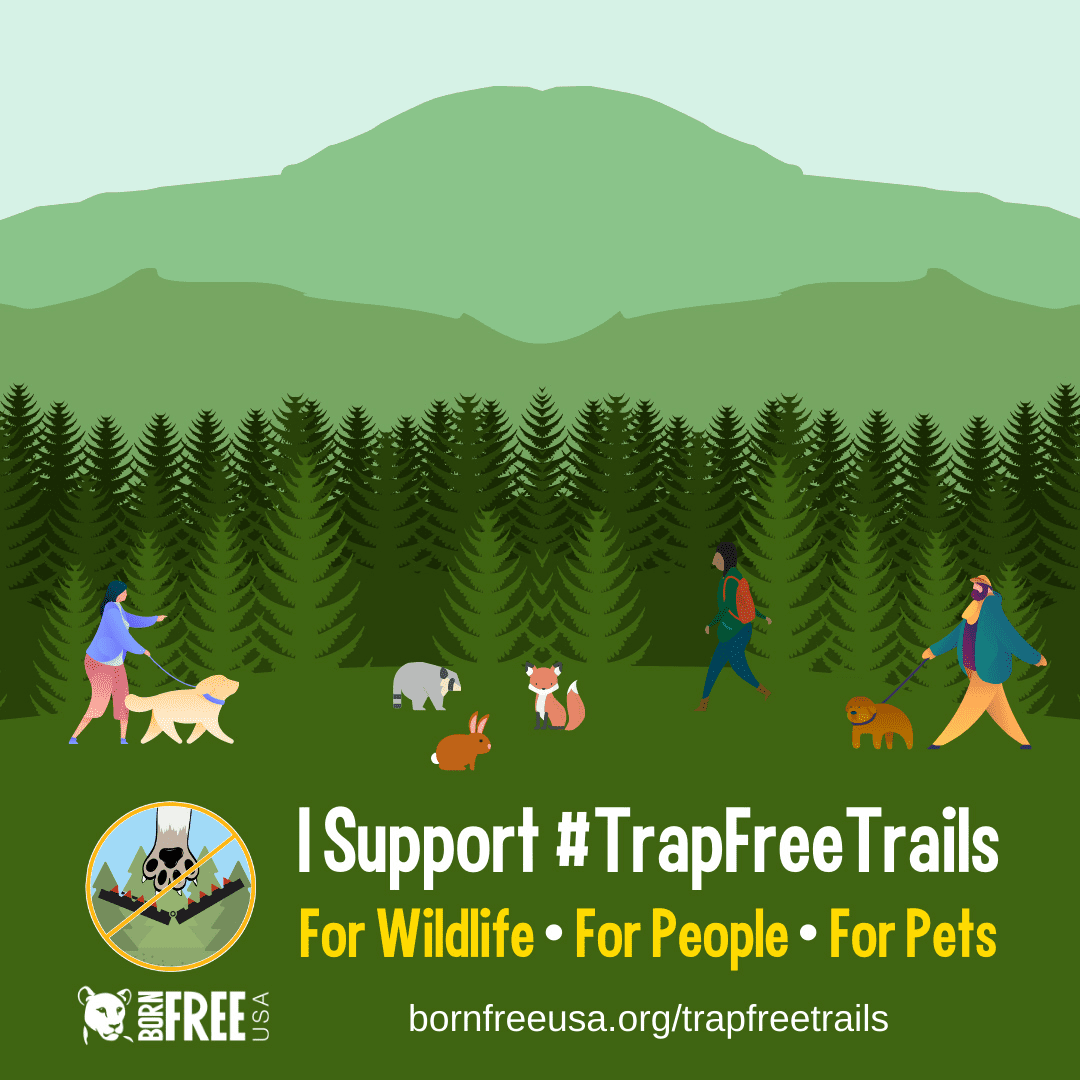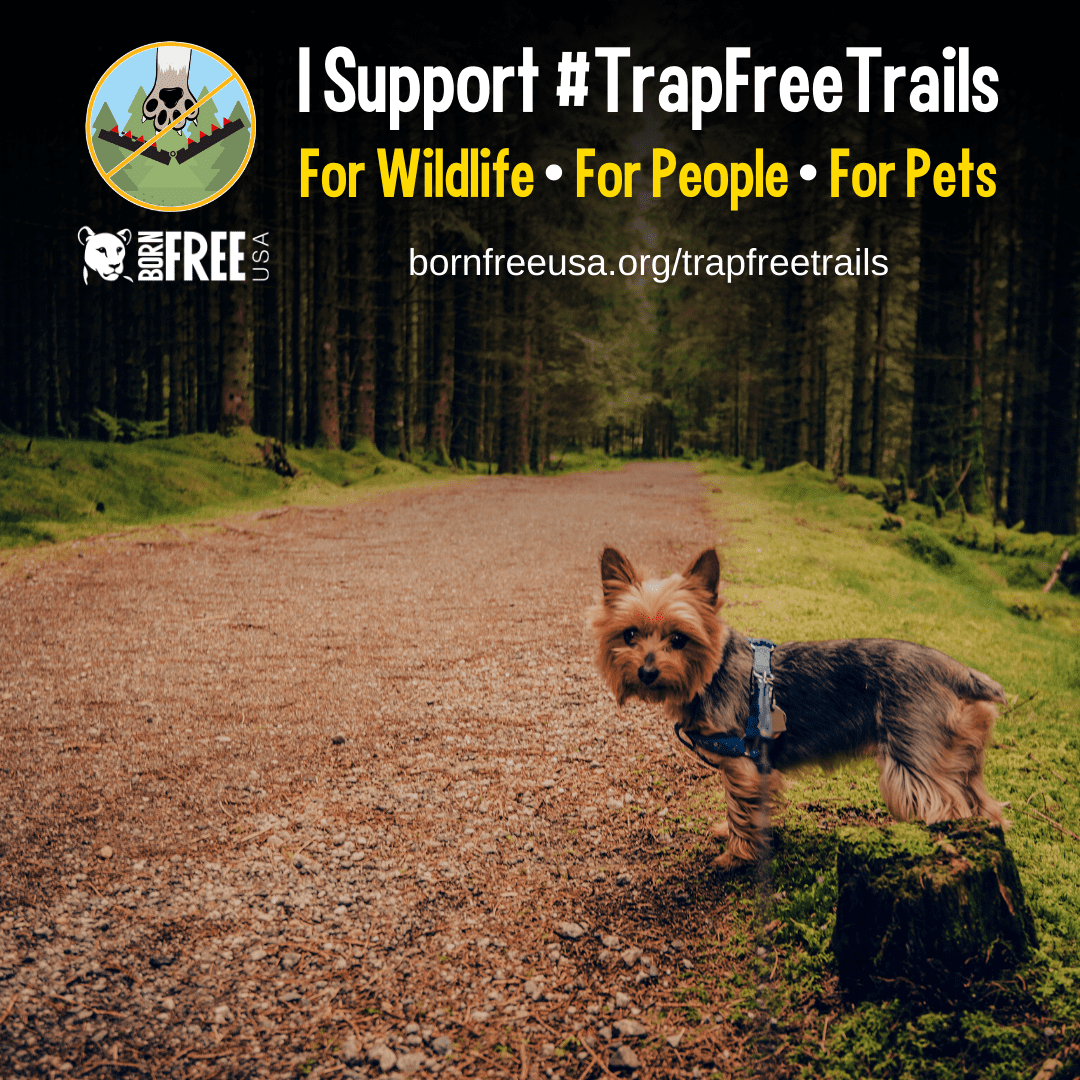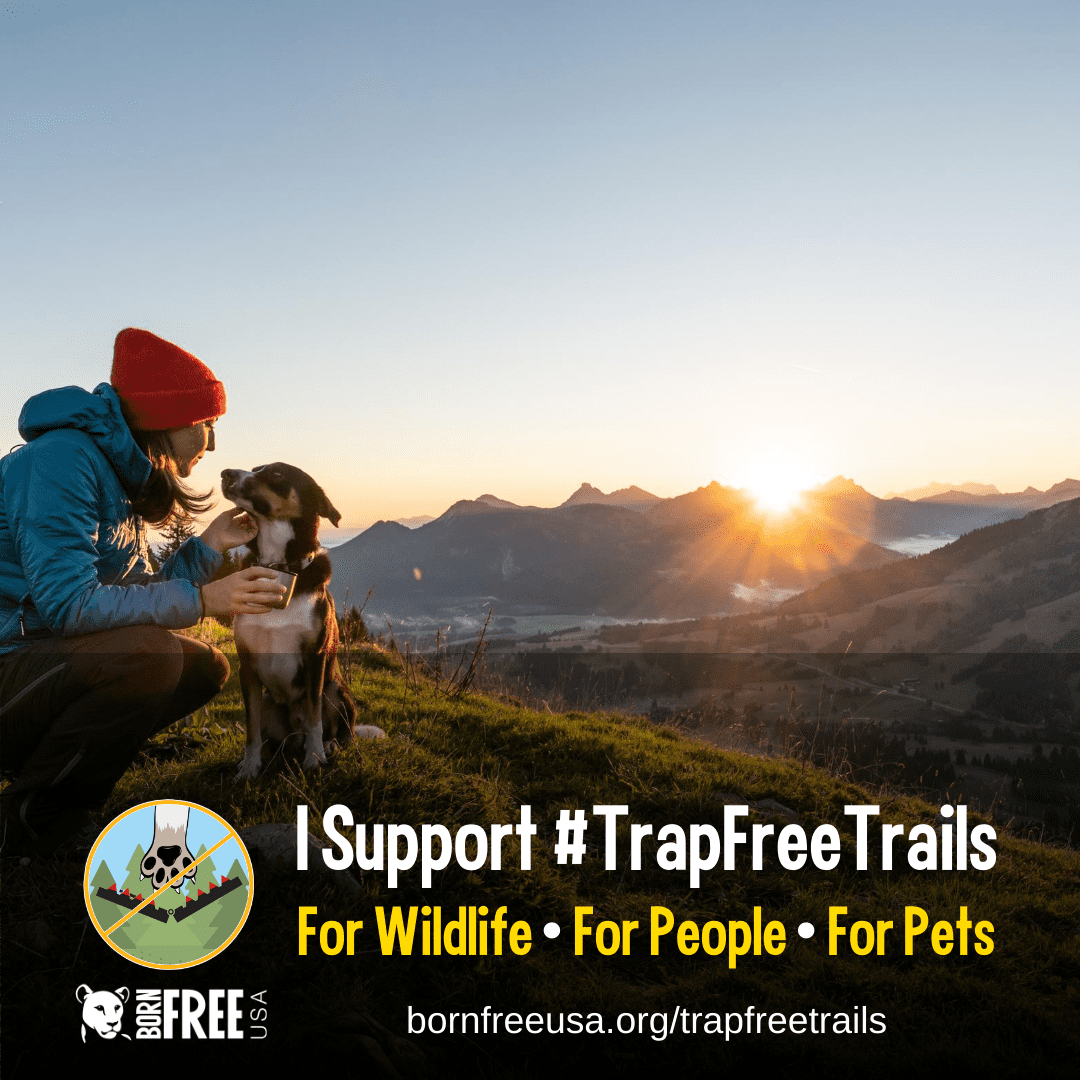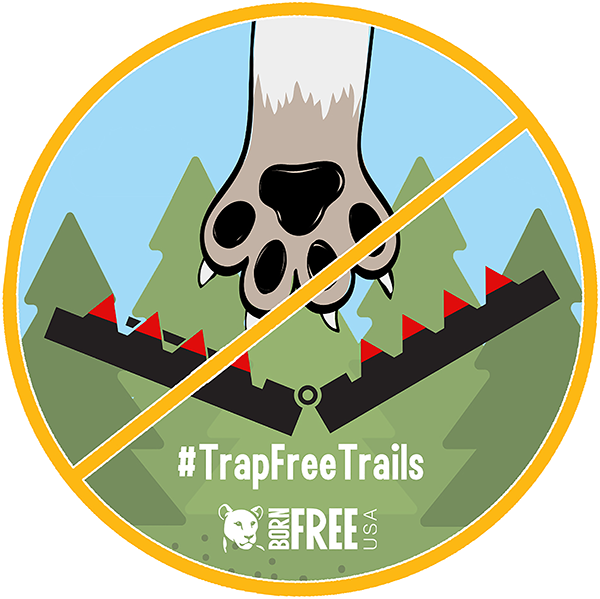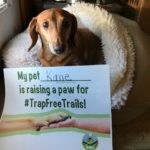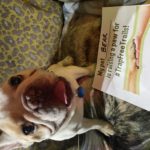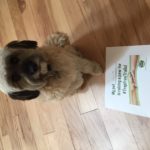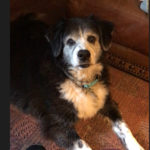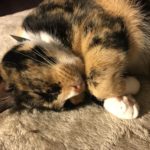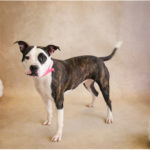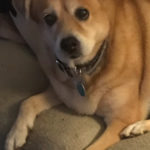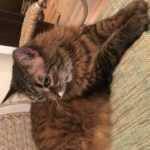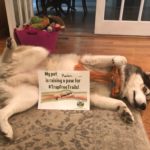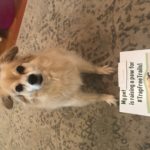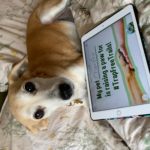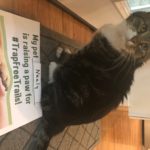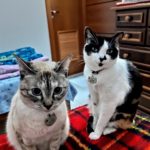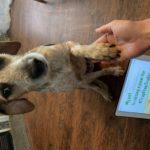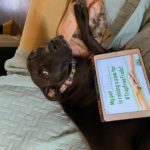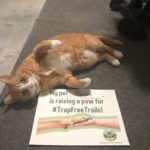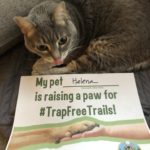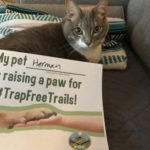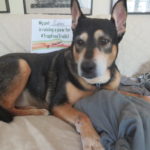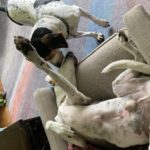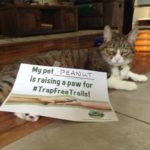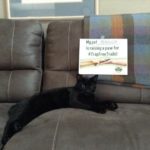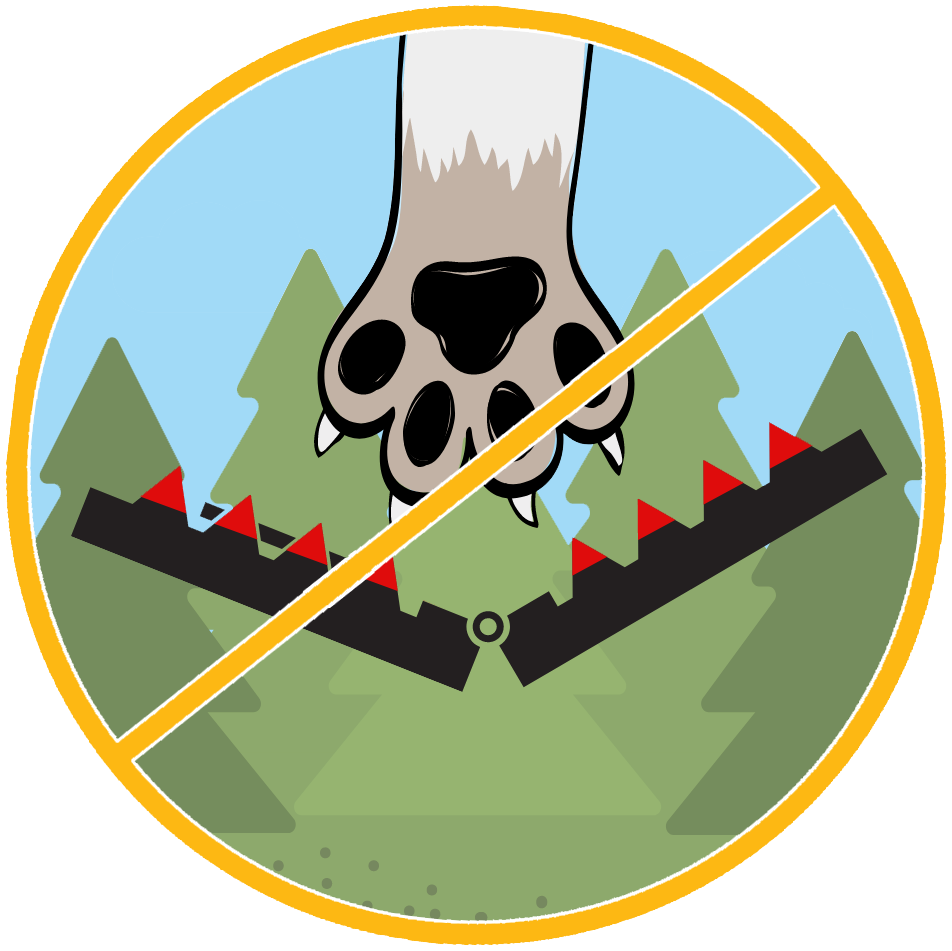
#TrapFreeTrails
Each year, millions of people visit the National Wildlife Refuge System, often with their furry companions. Many people do not know that trapping is permitted on 216 (38%) of national wildlife refuges, making these protected lands very dangerous. Traps are cruel and indiscriminate. In addition to killing and injuring millions of targeted wild animals, traps also pose a serious danger to companion animals and even to humans.
Click on a link below or scroll down to explore #TrapFreeTrails:
– View Trapping Victim Case Studies
– View our Infographic on Trapping on NWRs
Sign the Petition
There is no place for cruel and unnecessary traps – snares, Conibear traps, or steel-jaw leghold traps – on public lands, which include national parks, national preserves, and national wildlife refuges. Instead of areas of safety, these sacred places have been transformed into killing fields.
Add your name to our petition to the U.S. Department of Interior calling for an end to trapping on National Wildlife Refuges!
ADD YOUR NAMETraps pose enormous danger to anyone unfortunate enough to trigger them, be it targeted wildlife, a companion animal, an endangered species, or even a human. Below are the stories of three animals who were caught and injured in traps and rehabilitated with the help of Born Free USA’s Trapping Victims’ Fund.
Through the Trapping Victims’ Fund, Born Free USA helps cover the cost of care for individual animals impacted by cruel traps. Funds are available for specific and immediate emergency veterinary care for companion animals impacted by traps. In the worst of circumstances, funds are also available for funeral arrangements. Learn more about the Trapping Victims’ Fund.
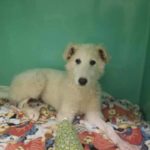
MAGGIE THE PUPPY
In early 2020, Maggie, a Great Pyrenees puppy, had the misfortune of being caught in a leg-hold trap in Tennessee.
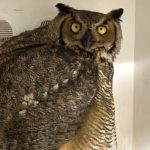
GREAT HORNED OWL
In early 2020, a great horned owl was caught in a leg-hold trap in Massachusetts.
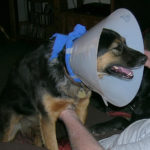
ROXY THE DOG
Patti Foy and her husband, Dana, were taking their usual walk with their two dogs along a trail north of the Gilman tunnels in the Jemez Mountains, New Mexico. They stopped short when they heard their Border Collie mix, Roxy, cry out in pain and alarm…
Photo gallery
Infographic: Trapping on NWRs
Trapping is permitted on 216 national wildlife refuges – 38% of lands in the National Wildlife Refuge System! These lands are intended to be safe-havens for wildlife, but trapping poses a serious danger to wildlife, people, and pets. View and share our infographic to see which refuges permit trapping in your state.
Keep Your Pets Safe from Traps
Download this useful guide for keeping companion animals safe from traps! And, please be sure to also share it with the hikers, walkers, and pet lovers in your life!
More Guides to Download
– Facts about Trapping (PDF)
– Types of Traps (PDF)
Help spread the word about the dangers of trapping on public lands on social media!
Here, you will find suggested posts for Twitter, Facebook, and Instagram, as well as sample images for each platform. You may also choose to download the #TrapFreeTrails campaign logo to use with your own photos or artwork or to set a #TrapFreeTrails profile picture frame on Facebook.
Click ‘Expand’ beneath each heading to reveal the sample social media content. Click and hold-down or right-click on the images to download the images to your smartphone or desktop.
CAMPAIGN HASHTAG: #TrapFreeTrails
TWITTER SAMPLE IMAGES AND POSTS
FACEBOOK SAMPLE IMAGES AND POSTS
INSTAGRAM SAMPLE IMAGES AND POSTS
CAMPAIGN LOGO
FACEBOOK PROFILE PICTURE FRAME
Your Pet Can Raise a Paw against Trapping!
You and your pet can stand in support of #TrapFreeTrails. Here is how:
1. Print out the “Raise a Paw for #TrapFreeTrails” sign (PDF).
2. Write your pet’s name on the sign.
3. Take a close-up photo of your pet with the sign. (If you do not have a printer, a photo of your pet without the sign will work, too!)
4. Send your photo to Born Free USA at webmaster@bornfreeusa.org. In your email, be sure to include your name, your pet’s name, your location, your Twitter or Instagram username (if applicable), and a brief message about why you oppose trapping.
5. You can also post your #RaiseAPaw pet photo directly on social media. Be sure to tag Born Free USA (Twitter: @bornfreeusa / Facebook: @bornfreeusa / Instagram: @bornfreeusaorg) and use campaign hashtags #TrapFreeTrails and #RaiseAPaw.
We will share selected photos on our social media and add them to our #RaiseAPaw pets gallery!
Photo gallery
Learn More about Trapping
Indiscriminate body-crushing traps are used to capture or kill furbearing animals who are deemed a “nuisance” or who are valued only for the fur on their backs. Types of traps include snares – a wire noose that can cause trapped animals to slowly strangle to death – and leghold traps, in which animal may chew off his or her own paw to escape, only to die days later from the injury. Trapping is a cruel practice that causes great suffering.
